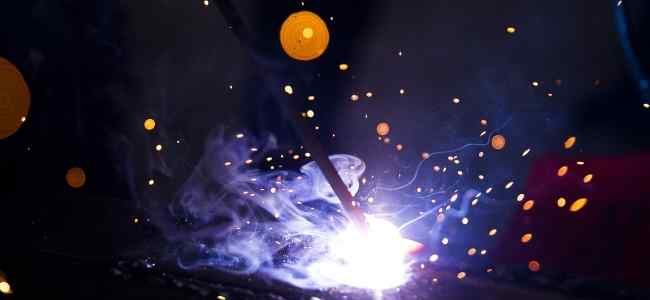Working and fabricating using metals is an elaborate and challenging job. While metals are malleable enough that they can be hammered into thin sheets, joining different types of metals is not as easy as it seems. When done correctly, welded metals are strong structures that can withstand a lot of wear and tear. Likewise, the joints between welded metals will have strong properties similar to the joint metals’ properties. However, during the welding process, several flaws and defects may occur. These flaws may happen if the welder did not prepare the metals properly or did not use a stainless steel weld cleaner after the fabrication process. Here are the common defects that may occur during metal fabrication.
Weld Discontinuity. A weld discontinuity is defined as a weld imperfection which may occur when the welding process is interrupted to create a discontinued weld pattern. Weld discontinuities are often found in the weld junctions between two pieces of metals that are joined together. Discontinuities occur when the welder is interrupted, resulting in an incorrect pattern. Discontinuities are characterized as having irregular weld beads regarding their shape, size, and intended quality. Manufacturers that produce stainless steel fabrications will often have standards and permissible limits on how much discontinuity they can allow before a product is rejected. When a discontinuity happens, manufacturers will often try to fix the discontinuity using a stainless steel weld cleaner. However, if the discontinuity is too obvious, the product will be considered a reject.
Inclusions. Inclusions are a welding flaw that occurs when a foreign material gets trapped within the welds. Metallic materials such as copper and tungsten that were not properly melted during the welding process may get entrapped with the weld. Non-metallic materials such as oxides may be produced during the welding process and may get entrapped within the welds. Inclusions may occur as a result of incorrect welding parameters or incorrect electrode manipulation. Likewise, an inclusion may occur if the welder did not clean the two surfaces being weld beforehand. But we can try to avoid these flaws if we have proper knowledge about the basics of welding. we can find a welding school online as there are many offering their services and we can join the courses to learn the basics of welding so we can make sure to avoid all kinds of flaws which can occur during the process.
Porosity. Porosity is another type of flaw that may occur during the welding process. Porosity is characterized by pockets or cavities formed when gases are entrapped within the weldment. These gases may produce a blowhole which will show as unsightly holes in the weld. Porosity is caused by lack of or excessive use of shielding gas, contamination or the weld joints by paint, rust, and oil, and the failure to clean the surfaces before welding.
Cracks. Cracks are one of the most serious flaws that may happen during the welding process. Cracks may cause a failure of the welded structure. A lot of factors cause cracks. Crater cracks are caused by using extremely high welding currents and the improper termination of the welding arc. On the other hand, centerline cracks are caused when there is an excessive force given to the joints during the welding process.
You may observe the different welding flaws during a visual inspection of the welds. Likewise, flaws are determined based on the standards set by the manufacturer. Most of these weld flaws mentioned above may be prevented using proper welding settings such as the intensity of the current to be used and the amount of force to restrain the parent metal and the joining metal. Likewise, you may prevent welding flaws with the proper preparation of the metals such as cleaning their surfaces and ensuring that the surfaces are free from corrosion. Using a stainless steel weld cleaner can help welders ensure that their welds are clean and corrosion-resistant.
